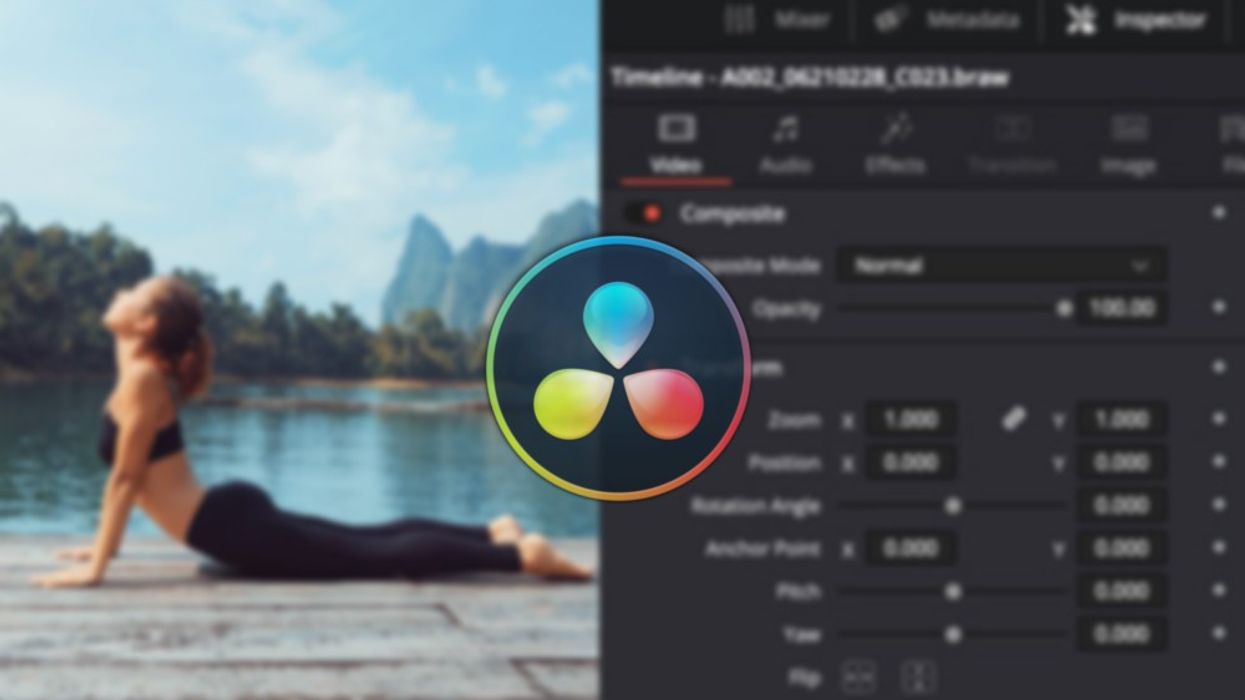DaVinci Resolve 17's Modular Design Simplifies Editing
We put DaVinci Resolve 17 to the test.

This is an overview of Blackmagic Design’s popular software from an editor’s perspective.
DaVinci Resolve 17 is now out of beta (see our coverage of the release and our favorite features), allowing us to dive into editing a project on the latest software. For this overview, I am mainly looking at the Edit page workflow inside DaVinci Resolve Studio and how it changed with this release. The project was created around Canon RAW footage, which Resolve supports natively. Let's jump in.
Proxies
My first step was to create proxies with the new proxy workflow added to the existing optimized media function.
Proxy creation is no quicker than optimized media creation, but it has the added benefit of mobility. As I often have to move between computers, I am grateful for this feature, though one can’t help but think wistfully of Adobe’s Media Encoder, which allows proxy creation to happen in the background.

Unified inspector
The new unified Inspector is a joy when reviewing the footage because the tabbed format has everything I need to manipulate the footage before it even touches the timeline.
I can do everything from inputting scene/shot/take metadata to resizing, volume control, and camera raw settings with batch functionality.
Note that you should definitely utilize batch editing—namely, selecting multiple clips to affect—because you can’t copy and paste attributes in the bin like you can in the timeline.
Metadata view
I immediately adopted the added bin view—metadata view—which I was familiar with from Media Composer.
I imagine in the future there will be more flexibility with the presented information, but for now, it is fixed. Added scrolling options make timeline navigation very smooth, where Shift+Scroll provides vertical zoom for adjusting track height, and Option/Alt+Scroll allows horizontal zoom around your mouse pointer.

Special effects
Many effects and stylized title options were added in this update in the toolbox as well as ResolveFX in the Studio version, along with pleasing icon UI and live preview. I don’t usually do much effect-based editing, but since this film has some sci-fi elements, I was looking to put in a temp title that conveyed conceptually what we were going into.
I had let my Red Giant subscription lapse, and having a variety of options built into Resolve was really refreshing. I could quickly add a glitch title effect, and even if it wasn’t going to be the final version, it afforded me the option to communicate visually with my director.
I am confident that more effects and title options will be added in future versions because of the ease with which Fusion macros integrate with the Edit page. There is an unlimited number of Fusion macros being created, and you are able to add them to your edit page effect list for a virtually infinite library. Make your own!

Overall
At this stage, I realized a trend in some of the Edit page updates. If you put together the improvement of dailies review, which was already very good in the Media page, with added keying in the Edit page, which is undoubtedly robust in Fusion and previously added quick export from the file menu, it boils down to a leading notion.
DaVinci Resolve is a full suite with which you can progress from page to page toward a finished project, but with that, there is an understanding that professionals don’t do everything. They become truly good when they have a concentration.
We can recognize a design motivation from Blackmagic in which every page in the suite is a world in itself, and if you want to do everything there, you probably can. As with the Cut page, you can work quickly in the Edit page from start to finish to get a cut out.
This update also made collaboration options available for the free version. I’m excited to try working on a shared project and seeing how it operates. I greatly appreciate that DaVinci Resolve is modular, and you can use the pages you need and ignore the rest (though it’s great fun to explore them all, and I highly recommend it). I also appreciate that the program is improving based on recognizable user trends, and I hope it keeps evolving. I'll certainly keep watching.
What was your experience working in DaVinci Resolve 17? Let us know in the comments below.











